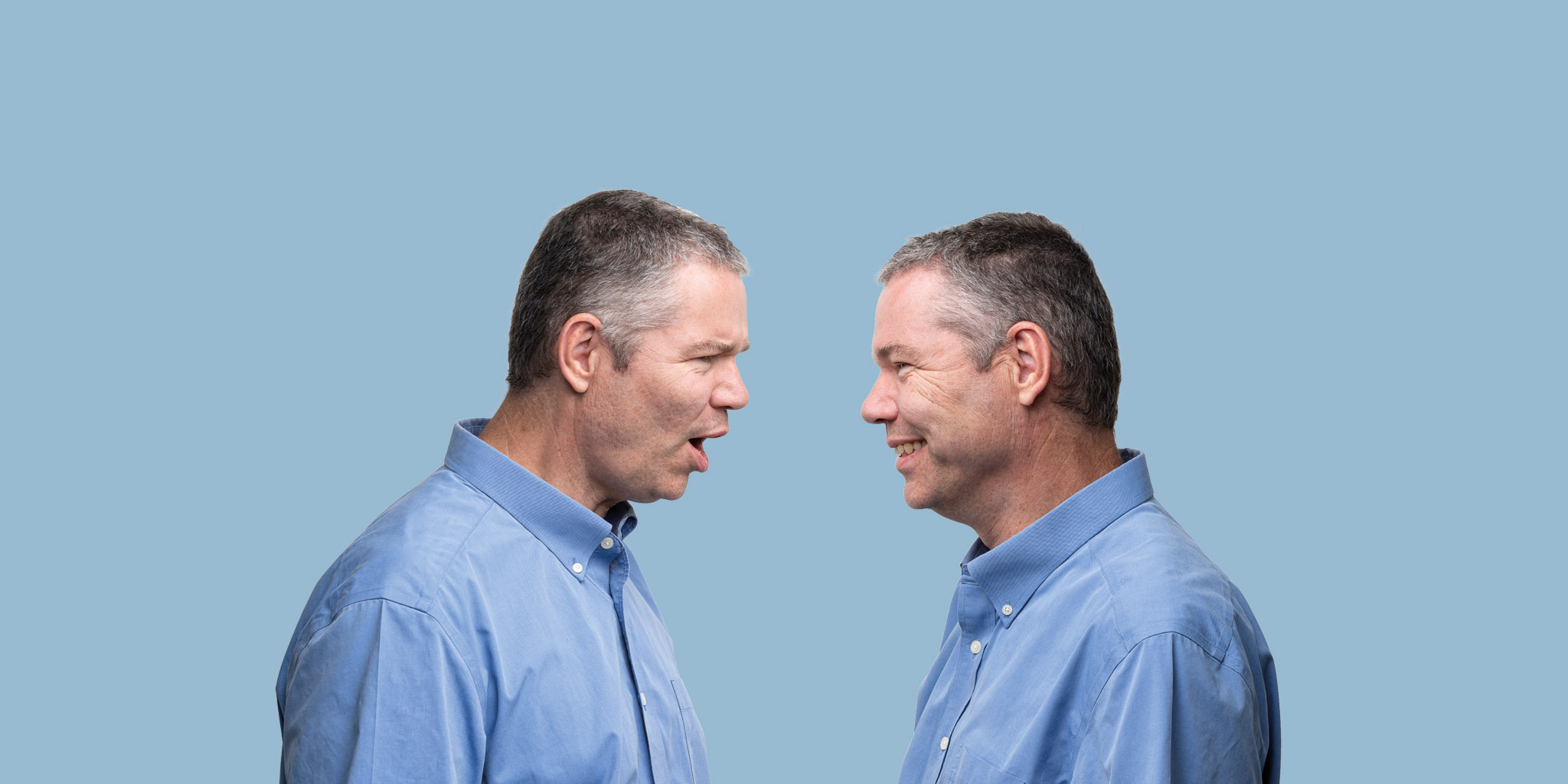Want to read more stories about Sioux Technologies? Download our digital magazine below.
Sioux Source 2020The pressure is constantly on in the high-tech industry. Increasingly complex technology needs to find its way to the market at an ever-increasing rate. ‘Working with a Digital Twin can be highly valuable here,’ explains Robert Hendriksen, Senior Software Architect at Sioux Technologies.
What is a Digital Twin?
‘People talk a lot about this, but everyone has different thoughts about it. To me, it is a digital representation of a simulated or existing system, or something in between, like a model fed with real-life data. You can use it to achieve various benefits.’
How then?
‘In our world, you want to achieve optimum results, but you also want to do this quickly. A Digital Twin can help to make development processes easier and faster. It can make software engineers less dependent on electronics and mechanics.’
You do not have to build a physical system right away?
‘Exactly. And if you can visualise it properly, you can quickly reach your first review step. You can go through it together with all the specialists and parties involved. This gives everyone a detailed picture, allows you to test functionality and technical performance, and makes rapid iteration possible.’
That means you benefit in the next steps…
‘You eliminate design errors in the early design stages. That saves time and money, also during the prototyping and production phases. But a digital twin can yield more, for example, by using it as a copy of an existing system for service training and remote selling.’
How far has Sioux developed this technology?
‘Sioux is leading the way. With our own software, we can generate a Digital Twin from a schematic design drawing and visualise it in a Holodeck. The virtual reality environment created in this way is unique in terms of its intuitive use and precision, partly thanks to our collaboration with Enversed.’
And in practice?
‘Among other things, we are using it for the development of medical washing and sterilisation machines, high-tech ovens, deposition machines for the solar market and for advanced packaging machines.’
What is the future?
‘By linking the Digital Twin to real-life systems and using it to modify the models or simulations, we can also continue to apply it as a training, sales and maintenance tool later on in the product lifecycle. The use of a Digital Twin will only be increasing here. Artificial intelligence will be expanding the insights for the currently installed base and for future iterations.’
